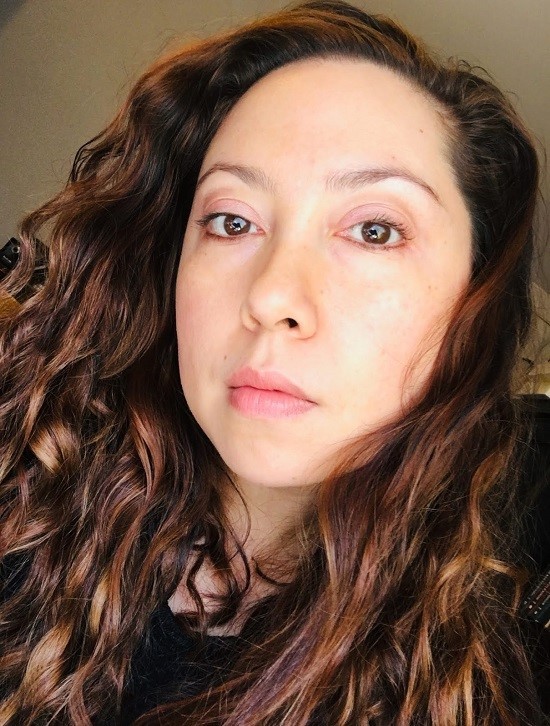In her debut book
“
The Body: An Essay”, Jenny Boully writes entirely in footnotes. The body of
text is not there. And whether it has been deleted, or never written to begin
with, is unknown.
اضافة اعلان
Although published
a decade ago, the book still offers current audiences a surprising experience —
a bizarre, novel, and often very difficult one to embrace. Immediately the
reader’s curiosity is sparked, and in whichever manner they choose, they must
attempt to make sense of the displaced writing.

Indeed, I found
myself wondering about the absent text. Yet more than imagining the unavailable
body of the essay, I was in a constant state of trying to connect the footnotes
— small, unanchored, and misty — to each other.
Boully writes like
a poet, allowing herself the freedom that comes with an experiment like “The
Body”. It is only because of this unique context that she can detach her
writing from the conventions of a traditional essay. Some sentences stand
concretely on their own but also function well among the other footnotes and
would appear out of place in any other genre.
The lack of text
is visual in itself. On many pages, the emptiness is dominant enough to demand
observation. In the absence, there is a sense of attraction. The white space is
a mode of communication — a blankness that governs the pages and requires
attention, contemplation, and reckoning.
After the
spectacle of the form is enjoyed, the content begins to materialize. Vague
characters are employed as additions to the writer’s personhood. They are not
round or relevant as people who stand alone; they are never separate from
Boully.
Various genres are incorporated, shifting from script-like to academic to poetic. This conglomeration, working in tandem with imagining a text that is omitted, allows the book to be participatory.
This ambiguity is
ever-present as Boully orbits motifs, emotions, and concerns without tackling
them aggressively or even directly. The content is not easily accessible.
However, while the footnotes seem
unrelated in many instances, there are threads throughout that bring them
together: referrals to fire escapes, things within things, the comforting
feeling of being watched, growth, loss, dreams,
and love. One especially compelling motif is the blurred nature and
inaccuracy of camera work. It may be that this distrust in production is a
reflection of Boully’s own memory; how it is perceived imperfectly by herself
and is tainted in her mind.
Various genres are
incorporated, shifting from script-like to academic to poetic. This
conglomeration, working in tandem with imagining a text that is omitted, allows
the book to be participatory. There is no space for passivity; rather, the
reader is pushed to reach out and interact to formulate coherence in a piece of
writing operating as an unsolvable puzzle.
This is not to say
the book constantly requires intellectual stimulation. In moments of
vulnerability, the book opens itself up, allowing sincerity to seep into the
pages: “And she departed, taking the wrong baggage, the wrong flight of stairs.
Over the fire escape, the dress fluttered in the misdirected wind. Because he
never said a word, the bits and pieces of her: lipstick and rose petals,
sugar-spoons and pink envelopes, ended up in the wrong pockets. And
damn-it-all-to-hell if someone didn’t, overnight, uproot and replant the road
signs in all the most-traveled but wrong intersections. In the cathedral, the
font was never so wanton, yet it liked that dipping of fingers again and again,
and the candles were so whorish in their sharing of flames.”
The reader is
engaged with the book through form. Though, since I was never truly able to
access the content, I did feel that I often forced meaning on passages that may
have been meaningless. Perhaps this is a strength; evidence of the book’s
communicative nature where thoughts can be formed and conceptualized. Perhaps,
though, this makes the book somewhat hollow.
Frustrating,
pleasurable, and glaringly self-referential, Boully successfully radicalized
the footnote. She took what is considered supplementary and made it entirely
necessary. “The Body” is a statement. A great facilitator of discussion: though
not entirely impactful in its content, it is definitely provocative in its
form. Boully is a writer immersed in her own bold experimentation and has taken
an intriguing step forward in the world of the essay.
Read more Books
Jordan News







